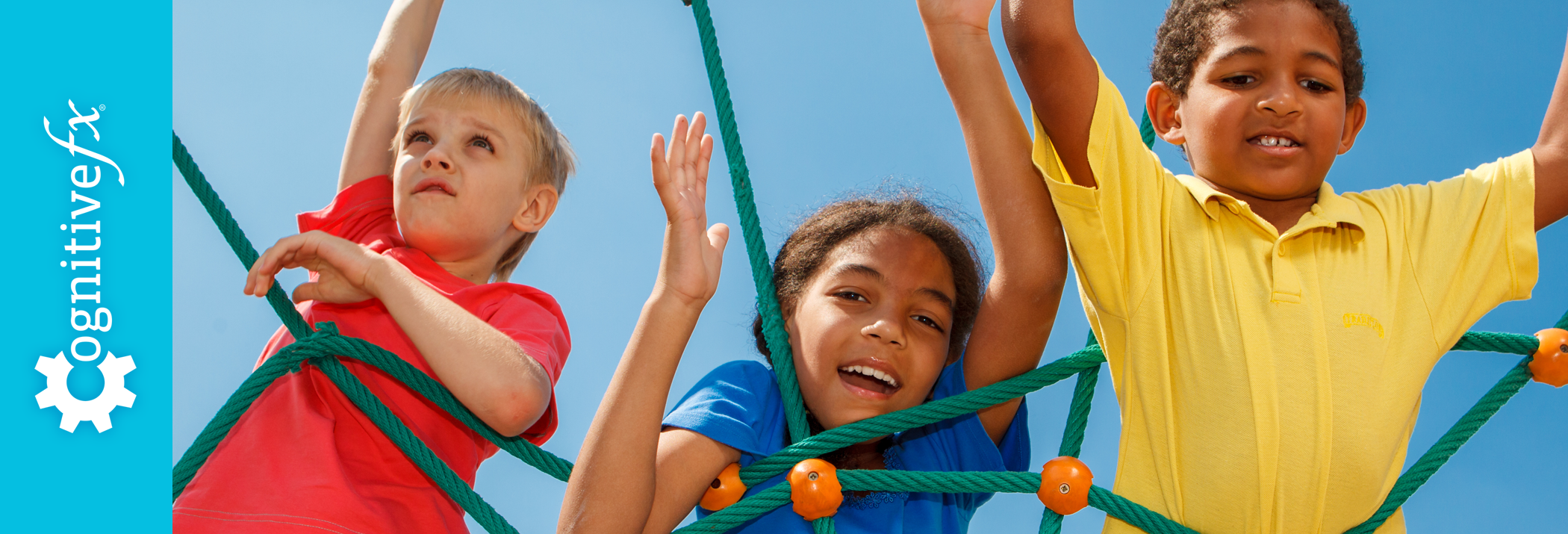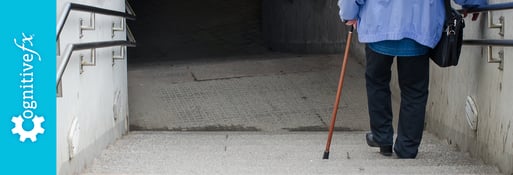According to the CDC, “Leading causes of child unintentional injury include motor vehicle crashes, suffocation, drowning, poisoning, fires, and falls.” Each day, there are about 8,000 children who are admitted to emergency rooms due to falls. This amounts to a tragic number of 3 million children each year.
Think of your own child, niece, nephew, or a child you care for. Children are energetic, loud, and curious as they are constantly learning and trying to figure out who they are in this world. They bring so much happiness to our lives with their optimism and genuine spirits. When it comes to protecting your children, preventing a brain injury is more important than it may appear.
You have the opportunity to help keep them safe by teaching them how to prevent a brain injury. It is important to recognize there is something you can do to protect their brain. We highly encourage you to apply these guidelines to your children’s life without hesitation.
Guidelines to prevent brain injuries in children:
- Supervise your children on the playground at all times.
- Make your home environment a safe place for children.
- Make sure your child wears a helmet while participating in recreational activities such as biking, skateboarding, ice skating, and roller skating.
- Don’t allow your children to sit on unstable stools.
- Use gates to block off the top and bottom of stairs.
- Place secure guards on your window above ground level to prevent children from falling out.
- Put covers over basement window wells to prevent falls.
- Use non slip mats in the bathtub and shower.
According to the Mayo Clinic, the people most at risk for a TBI are children ages 0 to 4 years of age.
We challenge you to have a conversation with your kids about brain injury prevention. As a family, take one night to go over all of the guidelines while making it fun and exciting for children. Be sure to share the impact a brain injury can have on their life if they aren’t careful.
Potential questions to answer and discuss:
- What is a concussion?
- What are the signs & symptoms?
- What should you do after you are injured?
By following these guidelines and having a conversation with your children, you can lower the chance of your children obtaining a brain injury. You will also benefit by having more peace in your life knowing you are doing all you can to help keep your kids safe.







